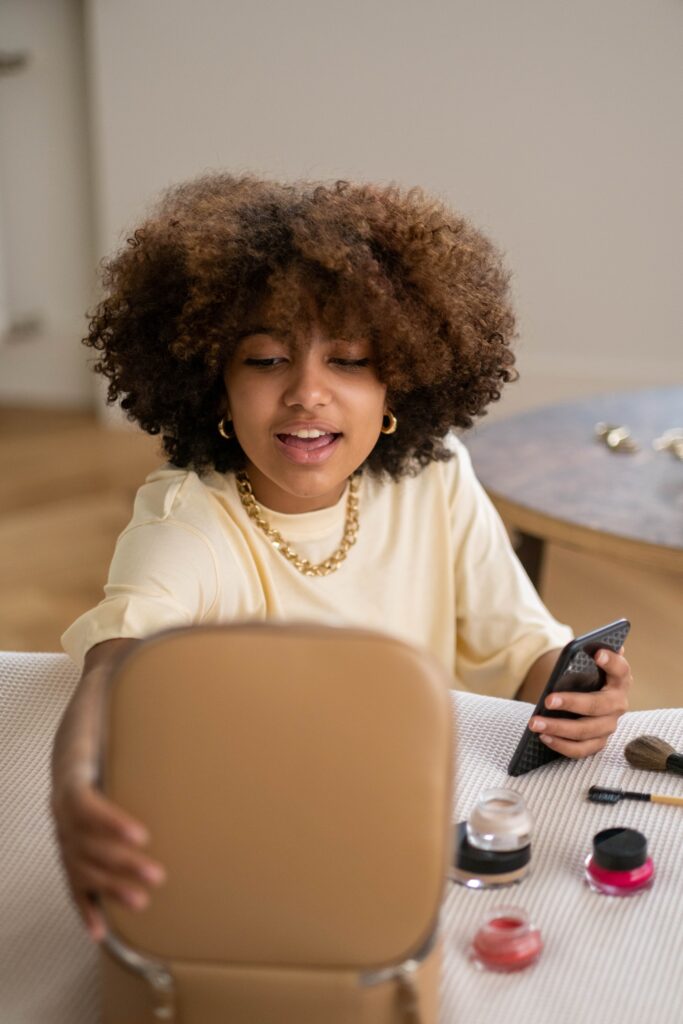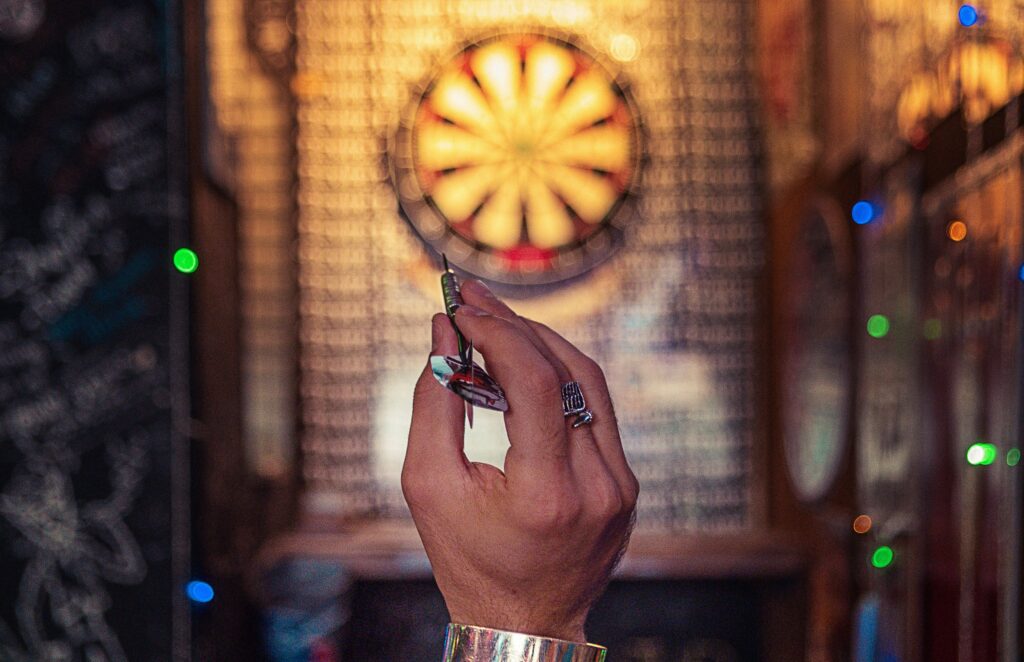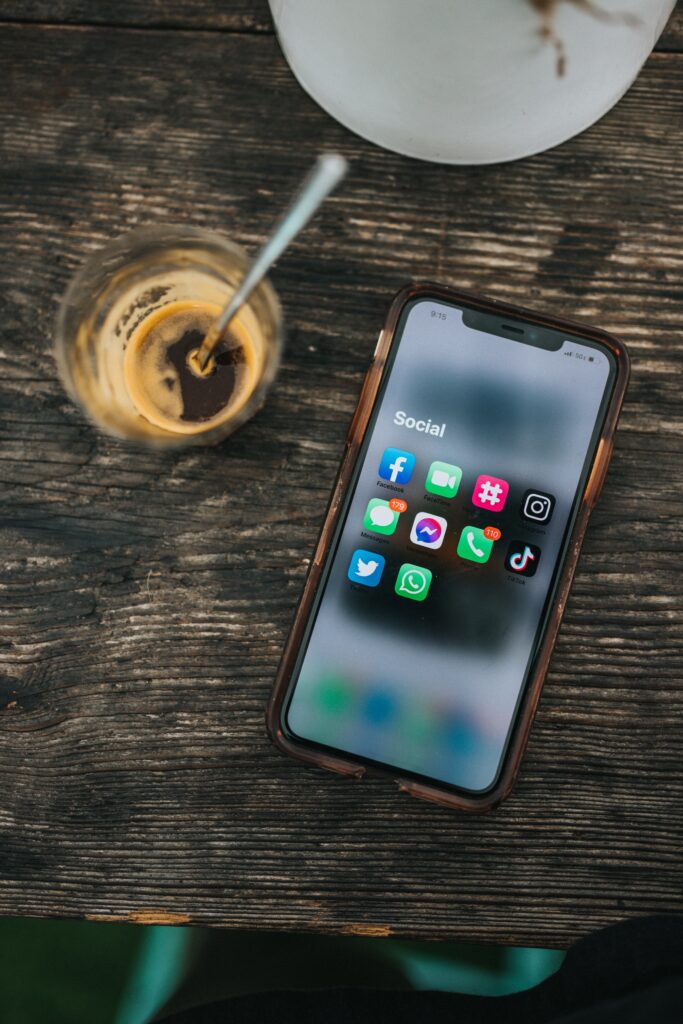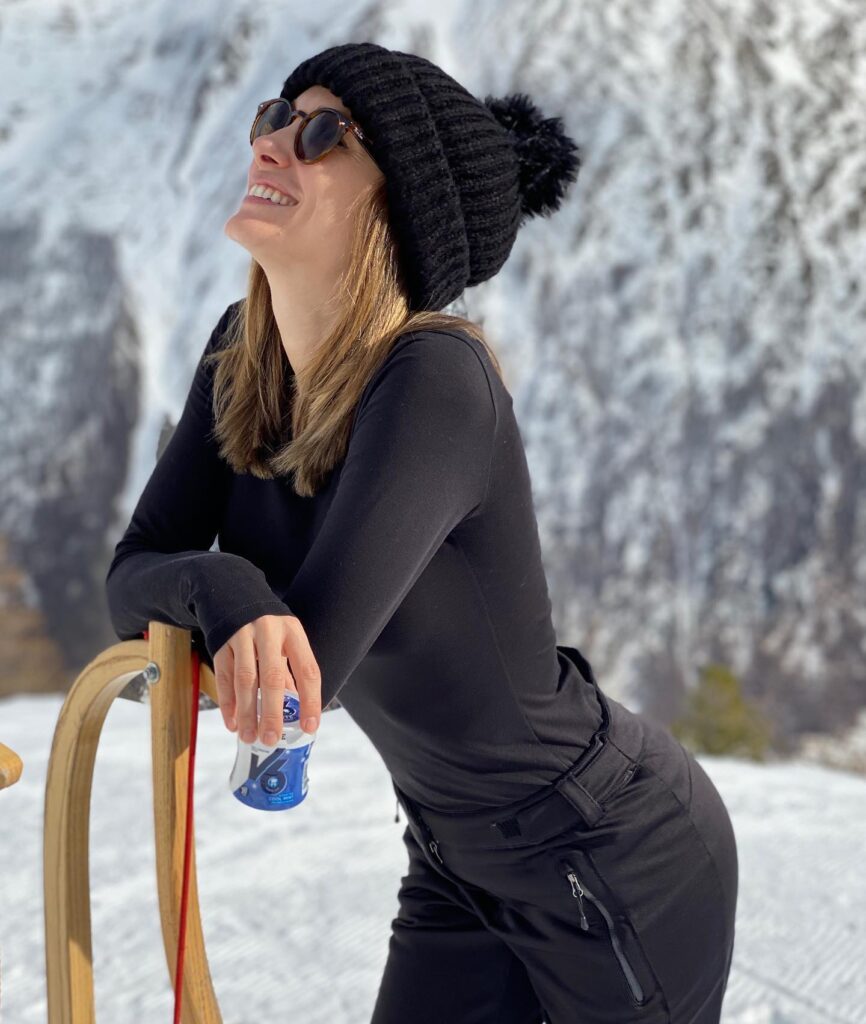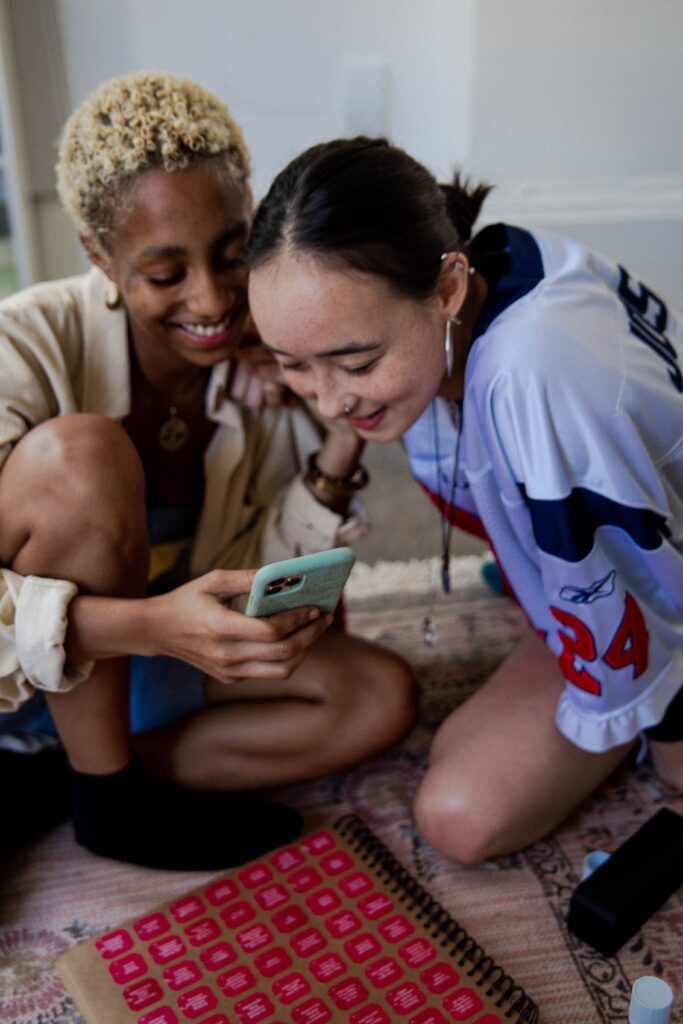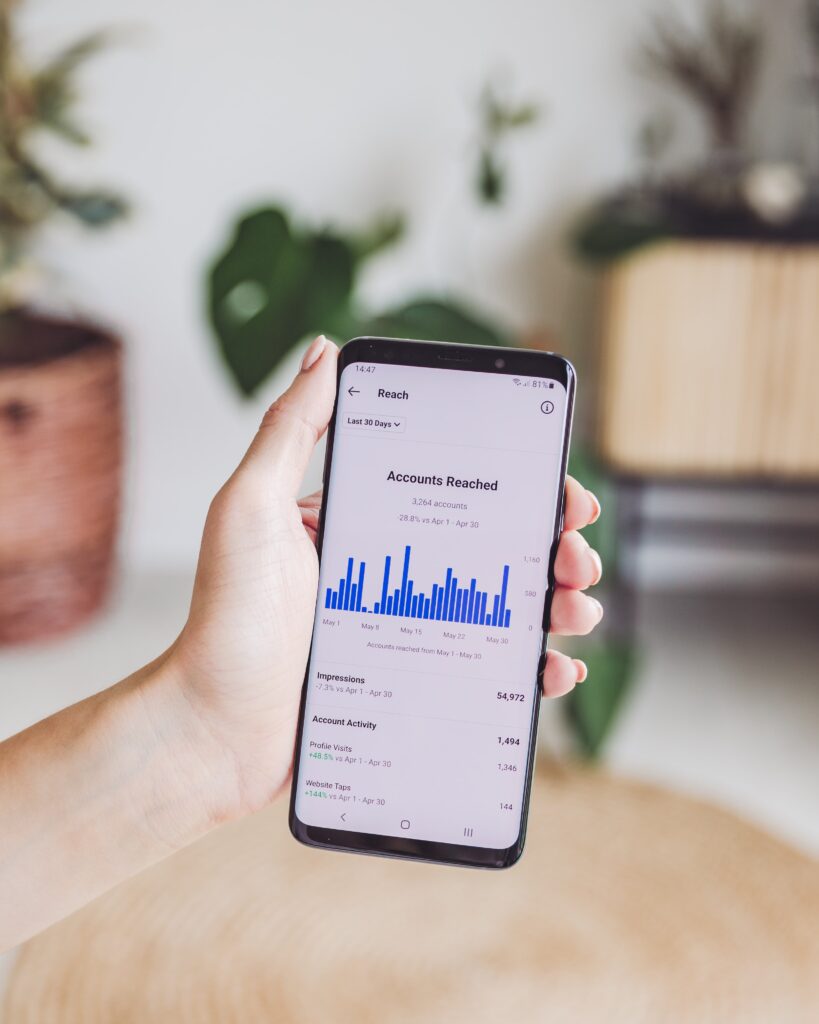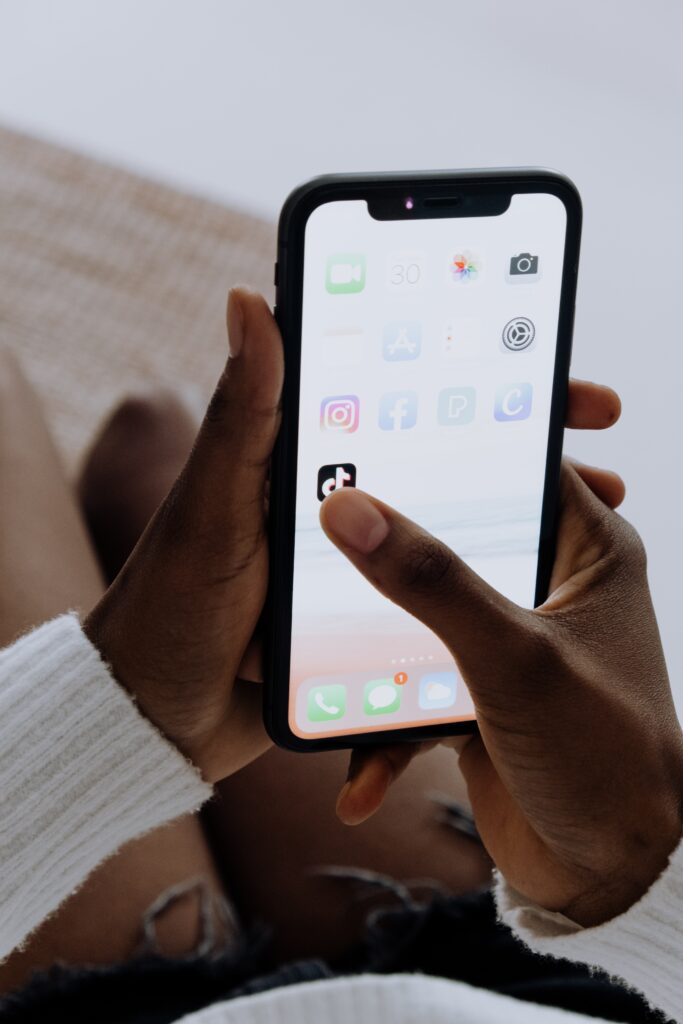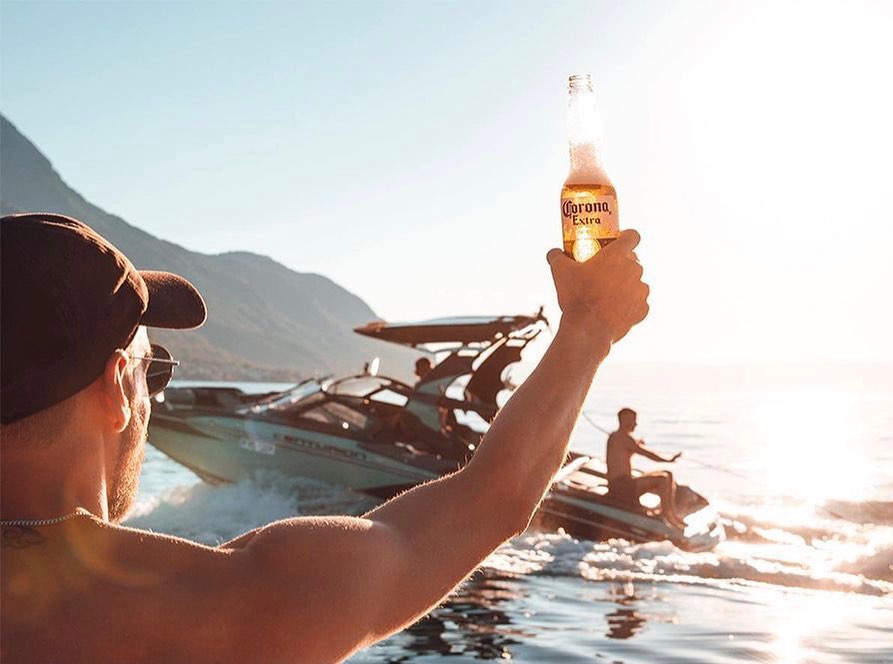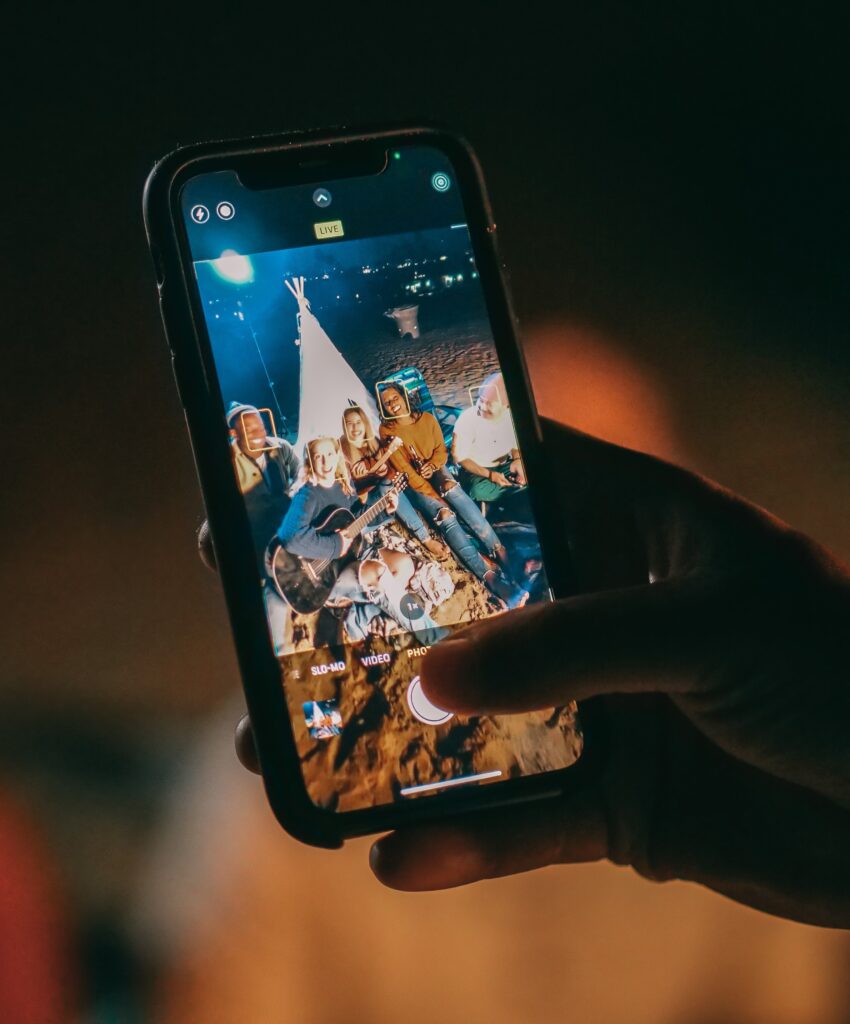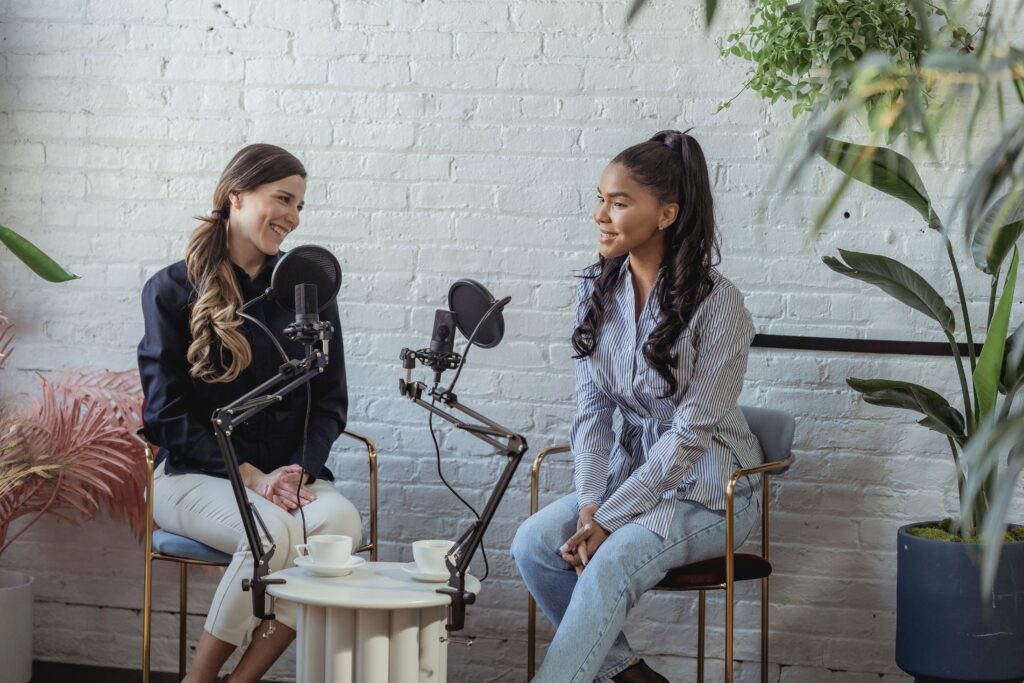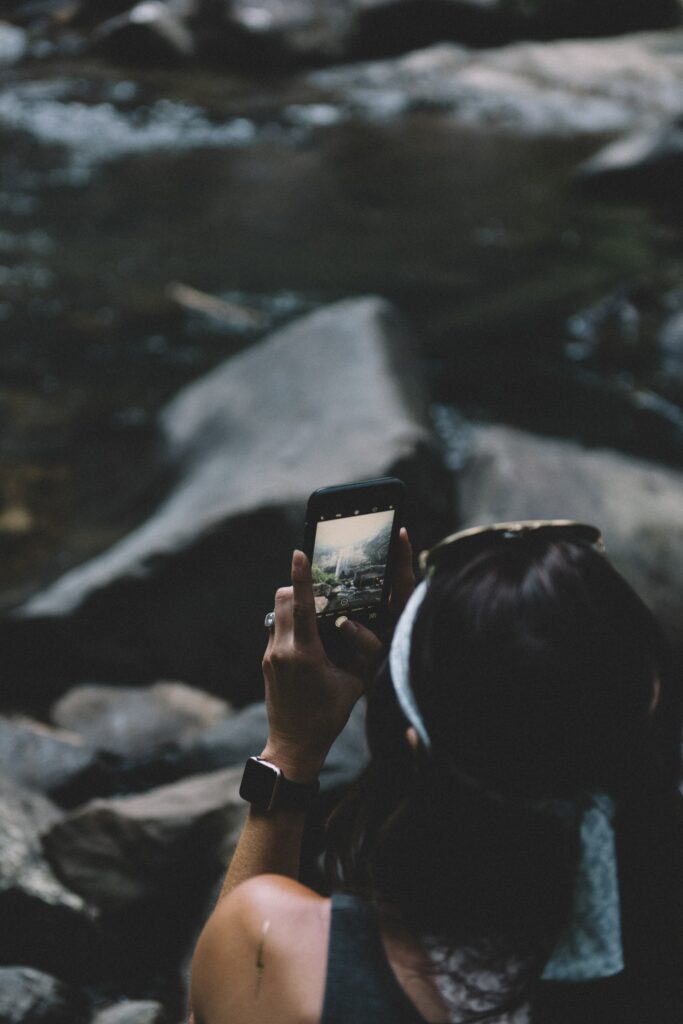How is influencer marketing different when you’re targeting businesses as opposed to consumers?
B2B (business to business) influencer marketing is based on using an expert’s authority to reach, educate, and influence prospects to buy in the long term. This is different from the more entertaining and transactional nature of B2C (business to consumer) influencer marketing. B2B influencers often have smaller audiences, but their impact can be massive.
Let’s take an in-depth look at the top 10 differences between the two.
1. The time frame is different in B2B vs. B2C influencer marketing
B2B buyers research more
As a matter of course, your prospects spend more time analyzing a potential purchase than a consumer would. They are highly educated buyers who will do all they can to educate themselves about what it is that you offer – consulting reviews, educational websites, books, and industry reports. They’ll go to your competitor and compare offers. In short, your product or service will undergo much more scrutiny than it would from consumers in most B2C situations.
According to research, B2B buyers are 57% – 70% through their buying journey before contacting sales. They come to your sales team once they’ve thoroughly prepared – and this obviously takes a lot more time.
Generally, the B2B sales cycle takes at least four months to complete – as opposed to consumers seeing the same message from their favorite creator a few times and clicking ‘add to cart’ immediately.
There are more people involved in the buying decision
And this makes complete sense. In B2B, multiple entities participate in deciding which products and services the company buys. Different stakeholders and different departments in the company will be impacted by the decision. These decision-makers are usually dealing with other people’s money, not their own like in B2C buying.
B2B buyers usually wait to get opinions from a number of important people on the team. In that way, it’s completely different from B2C buyers, who mostly just consider their desires, their wallets, and maybe their friends or spouses before following an influencer’s recommendation to buy something.
2. B2B influencer marketing is not as simple as B2C
First off, B2B influencers might be harder for you to work with. Why is that? These people are acclaimed experts.
They are authorities in their niche, often with degrees and accolades – tech insiders, professors, journalists, and scientists on the cutting edge. They surely don’t want to risk their status by haphazardly promoting some random product or service. It would be highly detrimental for them to be labeled a “sell-out.” So, they might be apprehensive about working with you as an influencer. And rightly so.
For the same reason, they probably don’t have as much experience participating in influencer marketing campaigns – and onboarding them will probably be more complex than with your B2C influencers for whom that’s simply business as usual.
This means that your strategy with these influencers will have to be different. It’ll be more oriented towards a high-trust, long-term collaboration instead of a quick one-off campaign – a more complex strategy is needed for B2B influencer marketing.
3. B2B influencer content is not as flashy as B2C content
If you’re used to highly engaging social media content from influencers, some B2B content might seem more bland and boring in comparison. Of course, ideally, B2B posts should be as engaging as possible, too. But it’s just normal that when you’re dealing with numbers, statistics, tactics, and strategies, for example, it simply won’t be as sexy as showing off your latest fashion accessory by making a dance video for social media.
Whereas B2C influencers often seek primarily to entertain their audience, B2B marketing is about educating potential customers and displaying expertise in complex topics – which is less flashy by nature.
A good influencer will be aware of this inherent difference and try to make their content as engaging as possible while focusing on providing high amounts of value to the audience and maintaining the professionalism that B2B demands. They’ll be able to strike the right balance.
One way a B2B influencer might do this is by talking about how the different features of your product will help users increase revenue, save time, reduce costs, or mitigate risks – rather than discussing every product feature in isolation.
4. Businesses who use B2B influencers focus more on lead generation – vs a wide range of B2C goals
Whether this is the right strategy or not – the data show that businesses’ main goal with using B2B influencers is generating leads: 80% of brands focus on gaining leads through these campaigns, vs only 20% focusing on gaining brand awareness.
As a reminder, here are the different goals a business can aim to achieve with influencer marketing:
- Improve the visibility of your brand and create awareness
- Gain social media followers and boost engagement
- Generate leads
- Increase traffic to your company website or/and build backlinks
- Conversions, such as email sign-ups
- Improve your brand’s reputation
- Generate revenue and social selling
With B2C influencer marketing, companies choose a multitude of these goals for their campaigns, as opposed to mostly lead generation with B2B.
5. Authority and expertise are even more important in B2B vs B2C influencer marketing
For B2C influencers, there are many ways to gain influence: They can accumulate more followers by consistently entertaining their audience, being very charismatic on camera, and looking classy in their photos.
While some of these things also play a role in B2B influencer marketing, one metric trumps all the others: Strong, real-world expertise in the topic they’re discussing.
A survey from Demand Gen Report showed that 65 percent of B2B buyers said their consumption habits have changed to prefer credible content from industry influencers.
This is because the influencers are talking to other experts in their industry. These people must be compelled primarily by authoritative facts, intelligent explanations, and novel insights vs charismatic appearance.
It doesn’t mean that some emotion-based marketing can’t also contribute to your B2B marketing success. After all, you’re still talking to humans, not machines. But factual authority remains the bread and butter of B2B influence.
B2B buyers need more tangibles vs intangibles to work with.
6. B2B influencers focus on different platforms than B2C
When most people think of the term influencers, they think of TikTok and Instagram. And that’s absolutely true for “traditional” B2C influencers. Their top platforms are Instagram, TikTok, Facebook, and YouTube.
While B2B influencers do use Facebook and YouTube and are also beginning to work on Instagram, their main focus has historically been LinkedIn – the largest social media platform for professionals.
LinkedIn has over 500 million professionals (of which 61 million are influencers and 40 million are business decision-makers). It’s a great way for influencers to connect with business buyers.
Other prominent platforms for B2B influencers are webinar platforms such as BrightTalk. Remember, this kind of influencer marketing is mostly about educating the prospects as much as you can about your product or service, and proving your expertise on the topic – which webinar platforms are a great place for.
Also, do not discount the impact of B2B influencers on offline platforms: “Old-fashioned” conferences, trade shows, and seminars. An influential person reviewing your services or mentioning your product in one of their talks can lead to more awareness for your brand – and sales down the road.
7. Content types are different for B2B vs B2C influencer marketing
This point again highlights the more serious nature of B2B vs B2C influencer marketing: While the latter focus on posting photos and videos of themselves, supplemented with captions meant to entertain – the former will post educational texts, statistics, diagrams, infographics, etc.
It’s what their prospects want and need from their content: Deep information, reassurance about the product’s or service’s quality, and how-to guides. In one study, 47 percent of B2B buyers said they find case studies the best type of influencer content, webinars 39 percent, reports 35 percent, and user reviews and video content, 32 percent.
In summary, the most-used forms of B2B influencer content are:
- Webinars
- White papers
- Guest posts on authority websites
- Video tutorials
- Speeches at conferences and seminars
- Infographics
- Diagrams
8. B2B influencers operate on a different (smaller) scale than B2C influencers
“Traditional” influencers who market to consumers have often grown huge numbers of followers: More than 100k, sometimes into the millions. Many of them have real mass appeal.
With B2B influencers, it’s a little different: They tend to operate in specific niches – which is a big reason why they were able to build up so much authority in the first place – by learning everything about it and becoming a niche expert. So it’s definitely not all about the numbers. It’s about expertise and engagement.
A 2021 study by Influencer Marketing Hub found that influencers with followers between 1,000 and 5,000 have an engagement rate close to 5 percent, while those with followers between 5,000 and 20,000 have an engagement rate of just 1.7 percent. As the numbers go up, the engagement goes down: Those with 100,000 followers to 1 million followers had an engagement rate of 1.06 percent. Comment rates follow a similar trajectory. Influencers with higher followers have lower engagement rates than influencers with few followers.
So even if an influencer has fewer than 10k followers, they can get you great results in B2B marketing.
9. B2C influencer campaigns are easier to price than B2B
Whereas the market is dictating an average price of CHF200-1000+ per influencer post on social media for marketing to consumers, it’s not that clear-cut at all in B2B influencer marketing.
The value that a subject matter expert is able to provide to your brand by helping you market to businesses is immense. They can provide industry connections, prop up your company in the eyes of many involved in the niche, and lead to sales – sales which could measure in the millions of dollars in the B2B space as opposed to the small purchases that B2C influencers mostly promote.
And as we’ve seen, this type of marketing is really only effective as a long-term strategy. Brands should be prepared to budget for a long-term financial investment in their B2B influencers as well.
10. B2B influencer marketing is harder to measure
It’s easier to measure the results of your B2C influencer marketing campaigns. You can record the number of impressions each post received, how strongly people engaged with it, how many clicked on an affiliate link, and how many sales were generated.
But as we’ve covered above, the B2B buying process is more complex. Prospects will never click on just one social media post and order your product right away. Their decision is much more involved than that. They must talk to other team members and higher-ups about it … and it simply takes a lot more time.
So it’s hard to know which of your posts had an effect – or didn’t. In the end, it’s the sum of your marketing messages, sent out over a long period of time, creating a deeper relationship with the prospects that are going to lead to the sale. It’s hard to isolate any one factor that led to success.
Thus, it’s important to be patient in B2B influencer marketing and look at the bottom line months later to see whether it worked. Don’t second-guess your marketing efforts too early.
Conclusion
There you have it, the top 10 differences between marketing to businesses vs to consumers using influencers! We hope this has given you more clarity in planning your next influencer marketing campaign. Should you need help in bringing your campaign to life, feel free to reach out to us.

